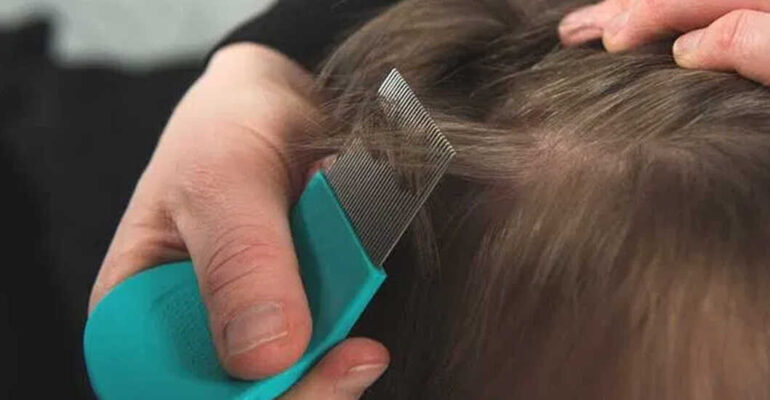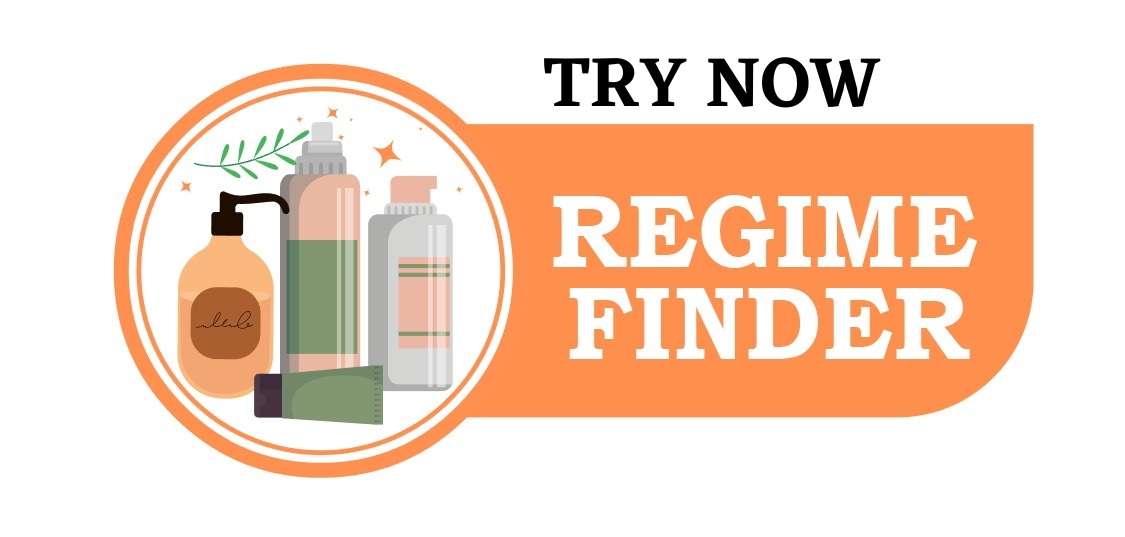How To Get Rid Of Lice
August 30, 2021 2021-08-30 10:58How To Get Rid Of Lice
As an Amazon associate, Dermatocare earns from valid purchase made by clicking on the affiliate links in this blog.

How To Get Rid Of Lice
“Doctor, my kid has lice and nits in hair? How do you get head lice? How to check for lice? How to treat lice?” Lice infestation is called Pediculosis and when lice live on your head it is called Pediculosis Capitis. Head lice (more technically termed as Pediculus humanus var. Capitis) feeds on the human blood and affects the age group of 6 – 12 years most commonly. In rural areas, lice can be found in 13.3% to 49% of kids aged 3 – 13 years and is much more common in girls than boys owing to longer hair length.
Lice does not spread any disease, although their bites can make a child’s scalp itchy and irritated, and scratching can lead to infection. It’s best to treat head lice immediately once they’re found because they can spread easily from person to person. Medicated shampoos, lotions as well as oral medications are available to treat this condition effectively.
How do you get head lice or where do lice come from?
Your child can get head lice from head-to-head contact and sharing of caps/hats/helmets etc. Head louse are wingless creatures and they can only move from one infested hair to another with the help of claws on their legs.
What are the symptoms of head lice?
- Itching/ Scratching: Itching occurs when the lice bites on the scalp, and is reaction to the saliva of lice. Scratching is the most common symptom, but may not start until a few weeks after the infestation. The patient may also complain of a ticklish or crawling sensation on his/her scalp.
- Nits (Lice eggs): Lice lay nits/eggs on hair shafts close to the scalp, where the temperature is perfect for keeping them warm until they hatch. Nits look similar to dandruff; the only difference is that they can’t be removed by flicking or brushing. They look like tiny brownish dots, most commonly found at the nape of the neck or behind the ears because these areas are commonly neglected while brushing or washing hair.
- Adult lice: The nits hatch, giving rise to nymphs, which eventually grow up into adult lice, that in turn lay eggs; thus perpetuating the cycle. Adult lice look like black-brown dots, but are moveable.
- Boils: Excessive scratching can lead to a bacterial infection which may look like boils or red bumps on the scalp. In this case, kid might complain of pain and tenderness in particular area of scalp.
How can I prevent my child from getting head lice?
Head lice can be a problem for kids of all ages and socioeconomic levels, you should train your kids to:
- Avoid head-to-head contact at school or while playing with other children.
- Avoid sharing of combs, brushes, caps, hair ties or bands, towels, helmets with anybody else, whether they may have lice or not.
- Head inspection to detect nits, by parting the hair in sections with a fine-toothed comb is recommended especially if close contact has lice infestation.
How to check for head lice?
- Lice or nits may be seen by parting the child’s hair into small sections and checking for lice and nits with a fine-tooth comb especially around the nape of neck and behind the ears.
- If its difficult to visualise with the naked eye, using a magnifying lens and bright light may help. Nits may be seen easily but it can be tough to find an adult louse often, there aren’t many of them and they move fast.
- Consult a dermatologist if your child is constantly scratching his or her head or complains of an itchy scalp that won’t go away. The doctor should be able to tell you if your child is infested with lice and needs to be treated.
How to get rid of head lice?
Every suspected household member should be screened thoroughly, and if any sign of active infestation is noticed, treatment is indicated. The treatment options include:
- Manual removal of Nits: However, this can be a tedious and time-consuming task. Wetting of your hair prior combing with a fine toothcomb might be helpful.
- Wet-combing: This can be done with a double-sided fine toothed comb that is widely available in India. This procedure should be repeated every 2-3 days for atleast 2 weeks. Always use a light colored comb so that the nits/louse can be easily visualized. Oil application may facilitate removal.
- Hot air: Delivery of hot air to kill lice by desiccation has been attempted by numerous investigators with mixed results
- Topical medications: These are available in the form of overnight lotions, rinses or shampoos and contain Permethrin, Lindane, Malathion, Carbaryl or Ivermectin. They are easily availaible under prescription from dermatologist in India.
- Oral medicines: These are used along with topical modalities. Most commonly used and most effective oral medicines used are Ivermectin and Cotrimoxazole. Others with moderate efficacy are Levamisole and Albendazole
- Newer modalities includes topical spinosad 0.9% lotion, it causes paralysis of the louse and facilitating its removal.
Complete clearance of lice not only froem heads but beadings is needed to prevent recurrences, this achieved by:
- Washing all clothing, towels, bed linens, pillow covers used by an infested individual within 2 days prior to diagnosis in hot water at about 50°C, or else they can machine dried at the highest heat setting, for at least 30 minutes.
- Dryclean anything that can’t be washed (like stuffed animals) or put them in airtight bags for at least 3 days.
- Soak hair-care items like combs, hair ties or bands, headbands, and brushes in medicated shampoo for 1 hour. You also can wash them in hot water or just throw them away.
THIS ARTILCE IS AUTHORED BY DR MADHULIKA MHATRE
Dr Madhulika Mhatre is a trained dermatologist specialized in skin and hair problems. She finished her MD in Dermatology with distinction and Gold medal from the prestigious Bharati Vidyapeeth, Pune. She has also completed her fellowship in Medical Cosmetology under the esteemed dermatologist Dr Venkataram Mysore at Bangalore. Currently she is practicing as a Consultant dermatologist at Wockhardt Hospital, Mira Road, Mumbai (Timing: 4.30-7.30). She can be reached @ https://www.facebook.com/Dr.MadhulikaMhatre/
ROUTINE FINDER
Get free dermatologist-recommended regime by choosing your skin or concerns.

FACE

HAIRS

CHILD

BODY
